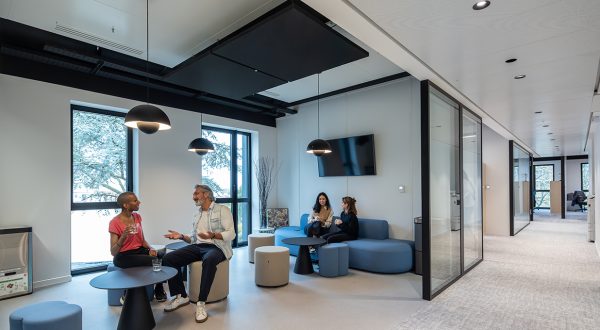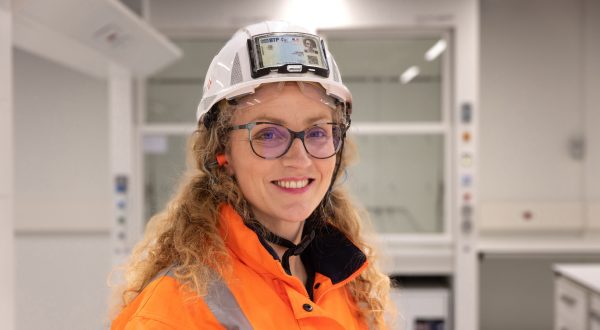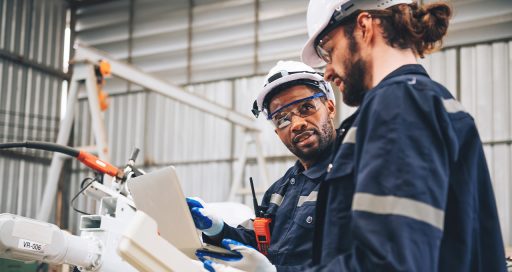Energy, connectivity, comfort … Artificial intelligence is making inroads into Building Management Systems, opening up new prospects for occupant well-being.

Building Management System (BMS) tools have been around for more than 30 years. During this time there have been changes in the way service sector environments are used as well as advances in digital technologies and artificial intelligence.
While BMS initially centred on equipment monitoring then on integrating management features, it has now moved into a new phase where building management is performed online from remote operations centres.
So what can we expect to see in the future? “The platforms in place will connect to a whole host of software programmes and digital applications designed by the most innovative start-ups. This will unquestionably increase BMS accuracy and quality,” asserts Pierre Blanchet, innovation manager of the VINCI Energies service sector network.
BMS has long been associated with technical and mechanical functions and, as a result, it has been relegated to building basements. But it is now taking on an increasingly digitised dimension, and is both highly centralised and controllable at an increasingly detailed scale.
Algorithms and predictive analytics
The development and increasing sophistication of BMS technology will change the landscape and its boundaries as players from various backgrounds – conventional building operators of course as well as start-ups and energy companies, all involved in software innovation and algorithmic research – coexist, challenge, and collaborate in the same market.
“In two or three years, we’ll be able to anticipate factors that are external to buildings so as to offer occupants a new level of comfort.”
“BMS is set to become more complex and at the same time more vital to building comfort, operation, energy efficiency, and connectivity,” confirms Pierre.
For example, predictive analytics provide a solution to the issue of buildings failing to adapt to weather data. Whereas weather scales were carried out almost yearly 30 years ago, then weekly 10 years ago, it’s now possible with the most modern tools to react within the minute. “In two or three years, we’ll be able to anticipate factors that are external to buildings so as to offer occupants a new level of comfort,” says Pierre.
15/11/2017





